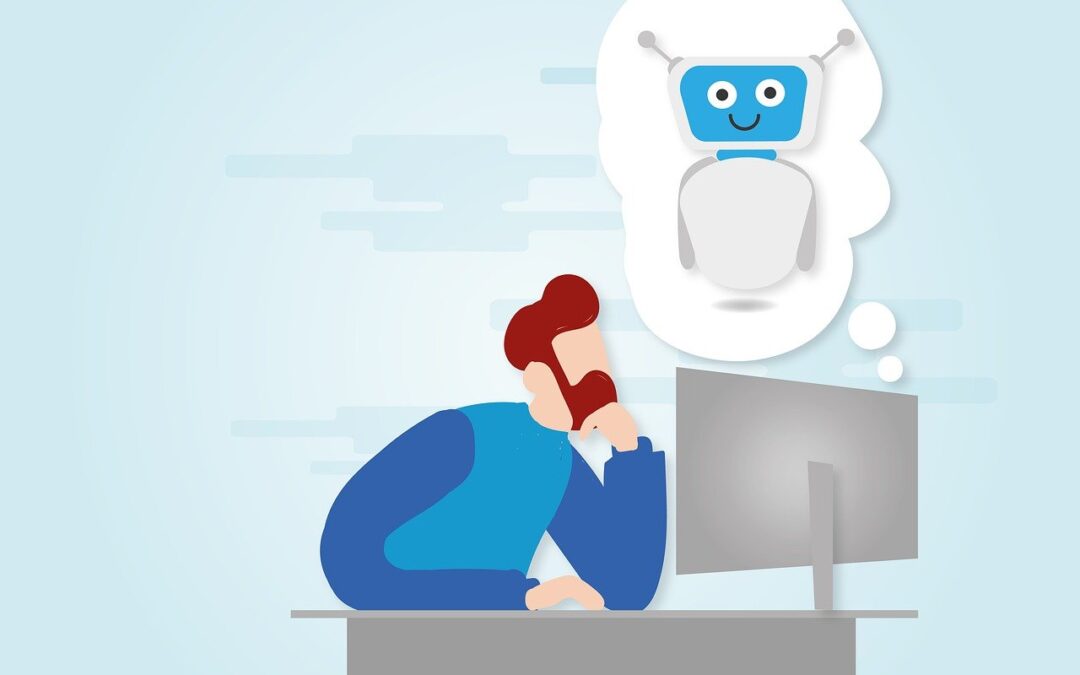In today’s fast-paced digital world, providing exceptional customer service is vital for businesses to build and maintain a loyal customer base. That’s why we are excited to introduce our latest product, “Seamlessly Integrating ChatGPT For Enhanced Customer Service”. This innovative solution combines the power of ChatGPT, an advanced language model, with an effortless integration process to revolutionize customer interactions. With its ability to understand and respond to customer queries in a natural and conversational manner, ChatGPT enables businesses to elevate their customer service, streamline operations, and deliver an unparalleled user experience. Discover the future of customer service with our seamless integration of ChatGPT.
Overview of ChatGPT
Introduction to ChatGPT
ChatGPT is an advanced language model developed by OpenAI that enables businesses to provide enhanced customer service through chatbots. By leveraging state-of-the-art natural language processing techniques, ChatGPT can understand and generate human-like responses, making it an invaluable tool for automating customer interactions. Whether it’s answering frequently asked questions or assisting with more complex queries, ChatGPT offers a powerful solution for businesses looking to optimize their customer service operations.
ChatGPT’s capabilities
ChatGPT boasts a wide range of capabilities that make it suitable for customer service applications. It can engage in conversations, ask clarifying questions, provide relevant information, and even handle multiple turns of dialogue. The model is equipped with a vast amount of knowledge from various sources, enabling it to give accurate responses and solve customer queries efficiently. Furthermore, ChatGPT can adapt to different customer service scenarios, addressing both technical and non-technical requests with ease.
Benefits of using ChatGPT for customer service
Integrating ChatGPT into customer service operations offers numerous advantages. Firstly, it significantly reduces response times, enabling businesses to provide quicker and more efficient support to customers. ChatGPT is available 24/7, ensuring round-the-clock availability and reducing the dependency on human agents. Moreover, ChatGPT provides consistent and accurate responses, minimizing the risk of errors or inconsistencies often associated with human interactions. These benefits ultimately lead to enhanced customer satisfaction and improved overall customer experience.
Integration Process
Determining use cases for ChatGPT
Before integrating ChatGPT into customer service, it is crucial to define specific use cases that align with business objectives. By identifying the most suitable scenarios where ChatGPT can assist customers effectively, businesses can maximize the impact and value of the integration. Use cases can range from handling frequently asked questions, providing product recommendations, resolving billing inquiries, or even automating appointment scheduling. Evaluating the potential benefits and feasibility of each use case is essential in the integration process.
Preparation and data collection
To train ChatGPT effectively, ample preparation and data collection are essential. Businesses must gather relevant customer service data, including chat logs, email interactions, and knowledge base articles. By curating a diverse dataset that encompasses different customer scenarios, ChatGPT can learn from a broad range of examples. Additionally, ensuring the dataset represents the demographics and preferences of the target customers enhances the model’s ability to provide personalized and context-aware responses.
Training the ChatGPT model
Training the ChatGPT model involves fine-tuning it on the collected dataset to make it more suitable for customer service applications. It is essential to strike a balance between the model’s ability to generate creative responses and its adherence to accurate and factual information. This process typically involves several iterations, fine-tuning parameters, and evaluating the model’s performance through validation sets. OpenAI offers pre-trained models, such as gpt-3.5-turbo, which can significantly accelerate the training process and reduce time to deployment.

This image is property of writesonic.com.
Deployment and Implementation
Choosing a deployment method
Once the ChatGPT model is trained, businesses need to decide on the most appropriate deployment method for their customer service needs. There are several options to choose from, including integrating the model into existing chat platforms, building a dedicated chatbot interface, or using APIs to enable AI-powered chat functionality. Factors such as scalability, integration complexity, and existing infrastructure should be considered when making this decision.
Integrating ChatGPT into existing customer service channels
To seamlessly integrate ChatGPT into existing customer service channels, it is essential to ensure compatibility and smooth transition. This may involve leveraging APIs to connect the model to chat platforms, helpdesk systems, or other communication channels used by the business. Efforts should be made to maintain a consistent user experience and streamline the handoff between the AI-powered chatbot and human agents when necessary. clear guidelines and training for agents on effectively utilizing ChatGPT can help optimize the integration.
Ensuring data privacy and security
When deploying ChatGPT for customer service, data privacy and security should be paramount. Businesses must take precautions to protect customer information and ensure compliance with relevant data protection regulations. Encryption and secure transmission protocols should be implemented to safeguard sensitive data during interactions. Moreover, establishing clear policies on data retention, access control, and secure storage is crucial to build trust and maintain the confidentiality of customer information.
Optimizing Performance
Monitoring and evaluating ChatGPT’s performance
Continuous monitoring and evaluation of ChatGPT’s performance are vital to ensure its effectiveness in customer service operations. Metrics such as response accuracy, resolution rates, customer satisfaction ratings, and average handling times should be tracked and analyzed regularly. Monitoring can be conducted through real-time feedback mechanisms, logging chat interactions, and gathering customer feedback. These insights can guide the fine-tuning process and help identify areas that require improvement or adjustment.
Handling feedback and fine-tuning
user feedback plays a critical role in refining and improving the performance of ChatGPT. Implementing feedback loops with customers enables businesses to collect insights on the model’s strengths and weaknesses. Feedback can be gathered through surveys, rating systems, or even automated prompts to rate the helpfulness of responses. Continuous iteration and refinement based on user feedback contribute to enhancing the accuracy and relevancy of the AI-powered chatbot over time.
Implementing regular updates and model improvements
The field of natural language processing evolves rapidly, and keeping the ChatGPT model up to date is crucial. OpenAI regularly releases improvements and updates to the underlying language model, providing opportunities to enhance the performance and capabilities of ChatGPT. Businesses should stay informed about these updates and implement them accordingly. Additionally, as customer service needs evolve, periodic retraining and fine-tuning of the model may be necessary to adapt to changing customer expectations and requirements.
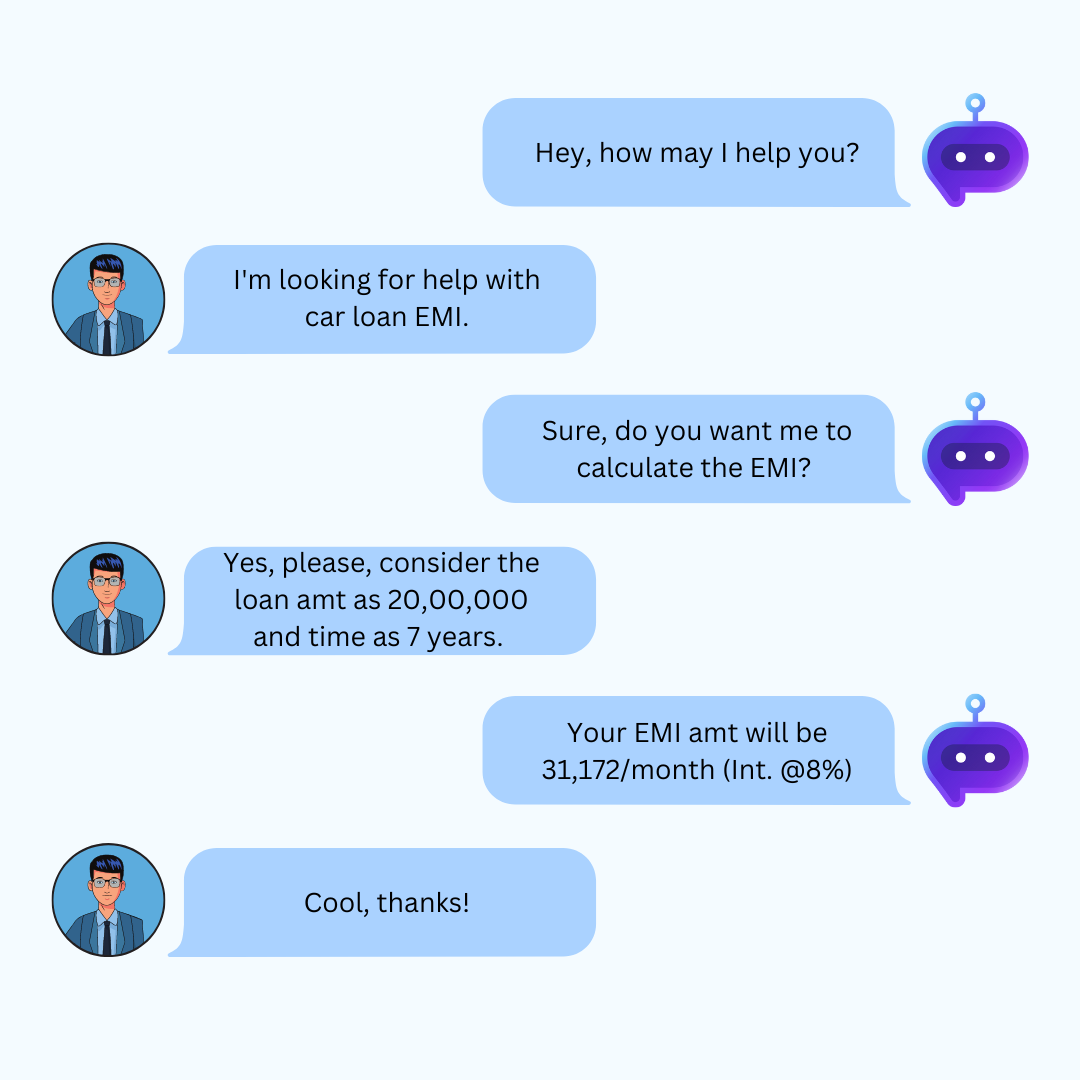
This image is property of writesonic.com.
Handling Common Challenges
Addressing potential biases and ethical concerns
One common challenge when deploying AI-powered chatbots is the potential for bias in responses. Biases can arise due to the inherent biases present in the training data or through the model’s interpretation and generation of responses. Businesses must proactively address these concerns by carefully curating the training data and integrating mechanisms to detect and mitigate bias. Regular audits and ongoing monitoring can help ensure ethical and unbiased customer interactions.
Managing user expectations
While ChatGPT offers significant capabilities, it is essential to manage user expectations to avoid potential frustration. Informing users that they are interacting with an AI-powered chatbot and setting clear expectations about its limitations can help manage user expectations. Clearly defining the scope of what the chatbot can and cannot do, as well as providing options to escalate to human agents when needed, enables a smoother customer experience.
Dealing with difficult or abusive customers
In customer service, difficult or abusive customers can pose challenges for both AI-powered chatbots and human agents. To handle such situations effectively, businesses can implement mechanisms to detect and address abusive language or inappropriate content. Introducing escalation paths for cases that require human intervention and providing comprehensive agent training on de-escalation techniques can help manage difficult customer interactions and ensure a positive experience for all parties involved.
Enhancing Customer Experience
Personalization and contextual understanding
To enhance customer experience, ChatGPT should be able to provide personalized responses and demonstrate contextual understanding. By leveraging customer information and previous interactions, the model can tailor its responses to individual needs and preferences. Integrating user profiles, purchase history, or account information enables ChatGPT to offer more accurate and relevant recommendations or assist with personalized troubleshooting. Contextual understanding enables the chatbot to maintain coherence and deliver a seamless customer experience across multiple interactions.
Providing accurate and consistent responses
One of the key benefits of ChatGPT is its ability to consistently provide accurate responses to customer queries. Accuracy is crucial in building customer trust and satisfaction. Implementing a robust knowledge base and training the model with high-quality data improves its ability to provide reliable information. Additionally, maintaining consistency in responses, regardless of the specific agent or channel the customer interacts with, ensures a cohesive customer experience and avoids confusion.
Seamless handoff to human agents
While ChatGPT can handle a wide range of customer queries, there will be instances where human intervention is necessary. Implementing a seamless handoff process from the chatbot to a human agent ensures a smooth transition and uninterrupted customer support. Clear guidelines and training for agents on when and how to intervene enable them to provide assistance effectively. Additionally, providing chatbot-to-agent context and capturing relevant information from the AI-powered chatbot interactions help streamline the handoff and minimize customer effort.
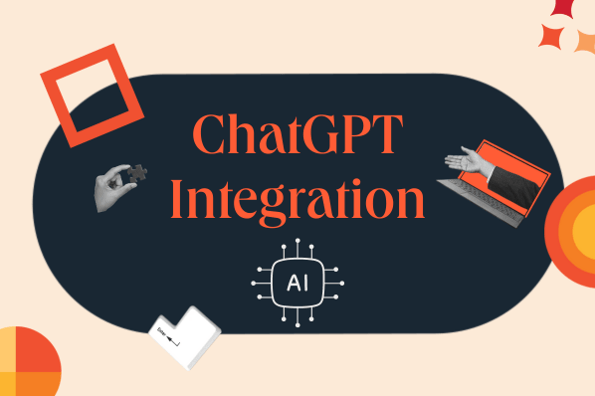
This image is property of blog.hubspot.com.
Training and Support for Customer Service Team
Training customer service representatives to use ChatGPT
To leverage ChatGPT effectively, customer service representatives need proper training on how to utilize the AI-powered chatbot as a tool. This includes familiarizing agents with the chatbot’s capabilities, its limitations, and best practices for integrating it into customer interactions. Training should focus on optimizing the chatbot-human agent collaboration, ensuring agents know when and how to intervene and providing guidance on handling complex or escalated situations.
Providing ongoing support and guidance
Continuous support and guidance are essential to ensure customer service representatives can adapt to using ChatGPT effectively. Regular meetings, training sessions, and open channels of communication with the AI development team enable agents to ask questions, provide feedback, and receive updates on the chatbot’s performance and improvements. This ongoing support helps agents feel confident in utilizing the AI-powered chatbot and contributes to their overall professional development.
Monitoring and addressing agent stress and burnout
Integrating ChatGPT into customer service operations can help alleviate the workload on human agents. However, it is crucial to monitor agent stress levels and address burnout risks. High volumes of customer interactions can pose challenges for agents, even when supported by an AI-powered chatbot. Implementing workload management strategies, offering regular breaks, and providing psychological support resources are essential for maintaining the well-being and performance of customer service representatives.
Measuring Success and ROI
Defining key metrics for success
Measuring the success of integrating ChatGPT into customer service requires defining key metrics that align with business goals. These metrics can include customer satisfaction ratings, response times, resolution rates, cost savings, and customer retention rates. Establishing benchmarks and regularly tracking these metrics enables businesses to quantify the impact of the AI-powered chatbot and assess its contribution to overall customer service performance.
Collecting and analyzing customer feedback
Customer feedback provides valuable insights into the usability and effectiveness of ChatGPT in customer service interactions. Implementing feedback collection mechanisms, such as surveys or rating systems, helps gather qualitative and quantitative feedback. Analyzing this feedback enables businesses to identify areas of improvement, address pain points, and make data-driven decisions to enhance the customer experience with the AI-powered chatbot.
Calculating the return on investment
Determining the return on investment (ROI) of integrating ChatGPT into customer service involves assessing the financial impact and cost savings achieved. Businesses should consider factors such as reduced staffing requirements, improved operational efficiency, and increased customer satisfaction leading to potential revenue growth. By comparing the investment in ChatGPT implementation and ongoing maintenance against these benefits, businesses can evaluate the ROI and make informed decisions about its continued utilization.
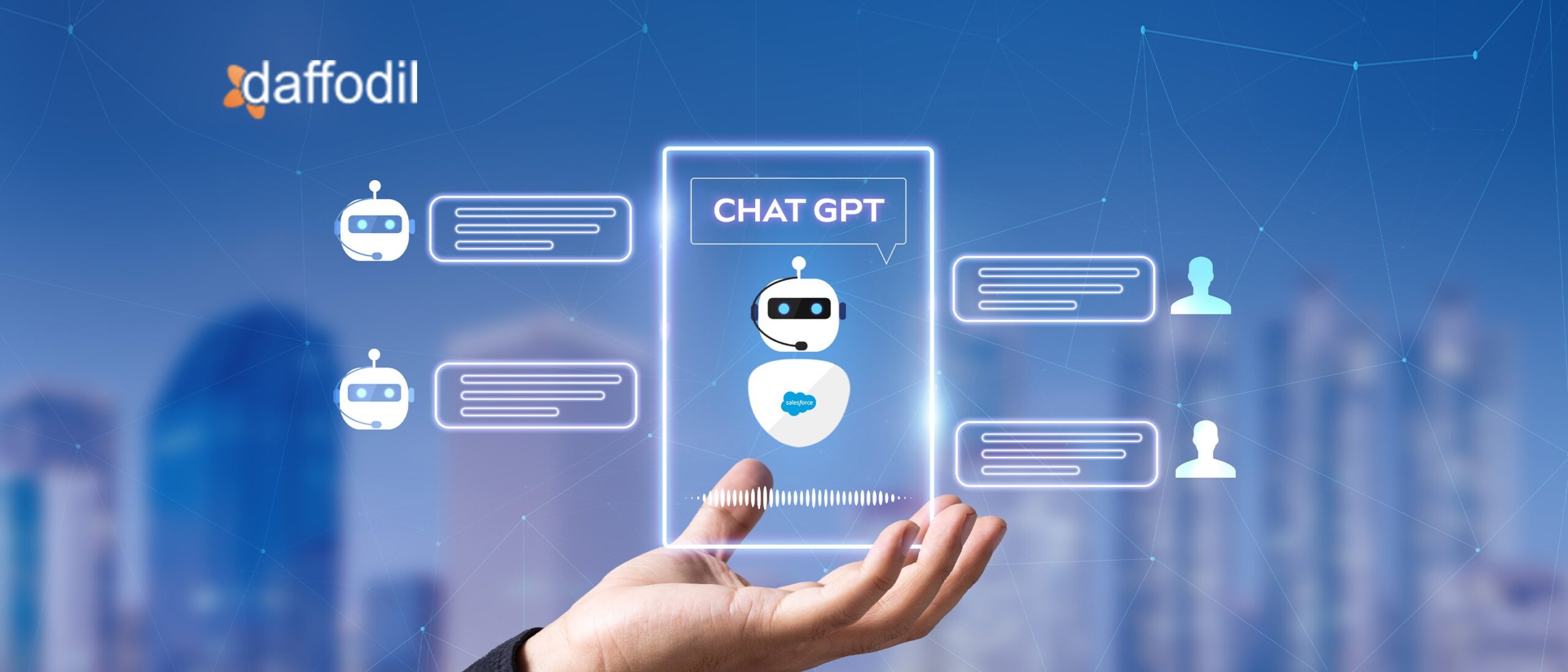
This image is property of insights.daffodilsw.com.
Case Studies and Best Practices
Examples of successful ChatGPT integration
Several businesses have successfully integrated ChatGPT into their customer service operations, leading to improved customer satisfaction and operational efficiency. For example, a leading e-commerce company implemented ChatGPT to handle product inquiries, resulting in faster response times, increased customer engagement, and reduced workload on human agents. Similarly, a telecommunications provider integrated ChatGPT to automate billing inquiries, enhancing the overall customer experience and streamlining support processes.
Best practices for implementing ChatGPT in customer service
Based on successful implementations, some best practices can guide businesses in effectively integrating ChatGPT into customer service. These include careful evaluation of use cases, thorough data preparation, ongoing monitoring and feedback loops with users, and regular performance evaluation. It is also crucial to establish a robust training and support framework for customer service representatives, actively address potential biases, and ensure a seamless handoff to human agents when required.
Lessons learned from real-world deployments
Real-world deployments of ChatGPT in customer service have provided valuable insights and lessons. One important lesson is the importance of continuous improvement and refinement through customer feedback and ongoing training. Another lesson is the need for a proactive approach to address potential biases and ethical concerns. Additionally, maintaining open and transparent communication with customers about the chatbot’s capabilities and limitations builds trust and fosters a positive customer experience.
Future Developments and Trends
Advancements in natural language processing
The field of natural language processing continues to advance rapidly, and future developments hold immense potential for enhancing ChatGPT’s capabilities. Ongoing research to improve contextual understanding, generate more human-like responses, and reduce biases represents exciting future possibilities. Advancements in pre-training and fine-tuning procedures, larger datasets, and multimodal models will further enhance the performance and versatility of AI-powered chatbots in customer service.
Integration with other AI tools and platforms
ChatGPT can be integrated with other AI tools and platforms to further enhance customer service capabilities. For example, integrating with speech recognition technologies enables customers to interact with the chatbot using voice commands. Utilizing sentiment analysis algorithms can provide insights into customer satisfaction levels in real-time. Collaborating with virtual assistant technologies can enable customers to seamlessly transition between voice and text-based interactions. These integrations create a more holistic and interactive customer service experience.
The future of customer service with ChatGPT
The future of customer service with ChatGPT is promising. As the technology evolves, chatbots powered by AI models like ChatGPT will become even more indistinguishable from human interactions. The potential to automate a broader range of complex tasks and handle more nuanced customer queries will continue to expand. Moreover, as businesses gather more data and gain insights from customer interactions, AI-powered chatbots will become more personalized and adaptive, leading to even higher levels of customer satisfaction.
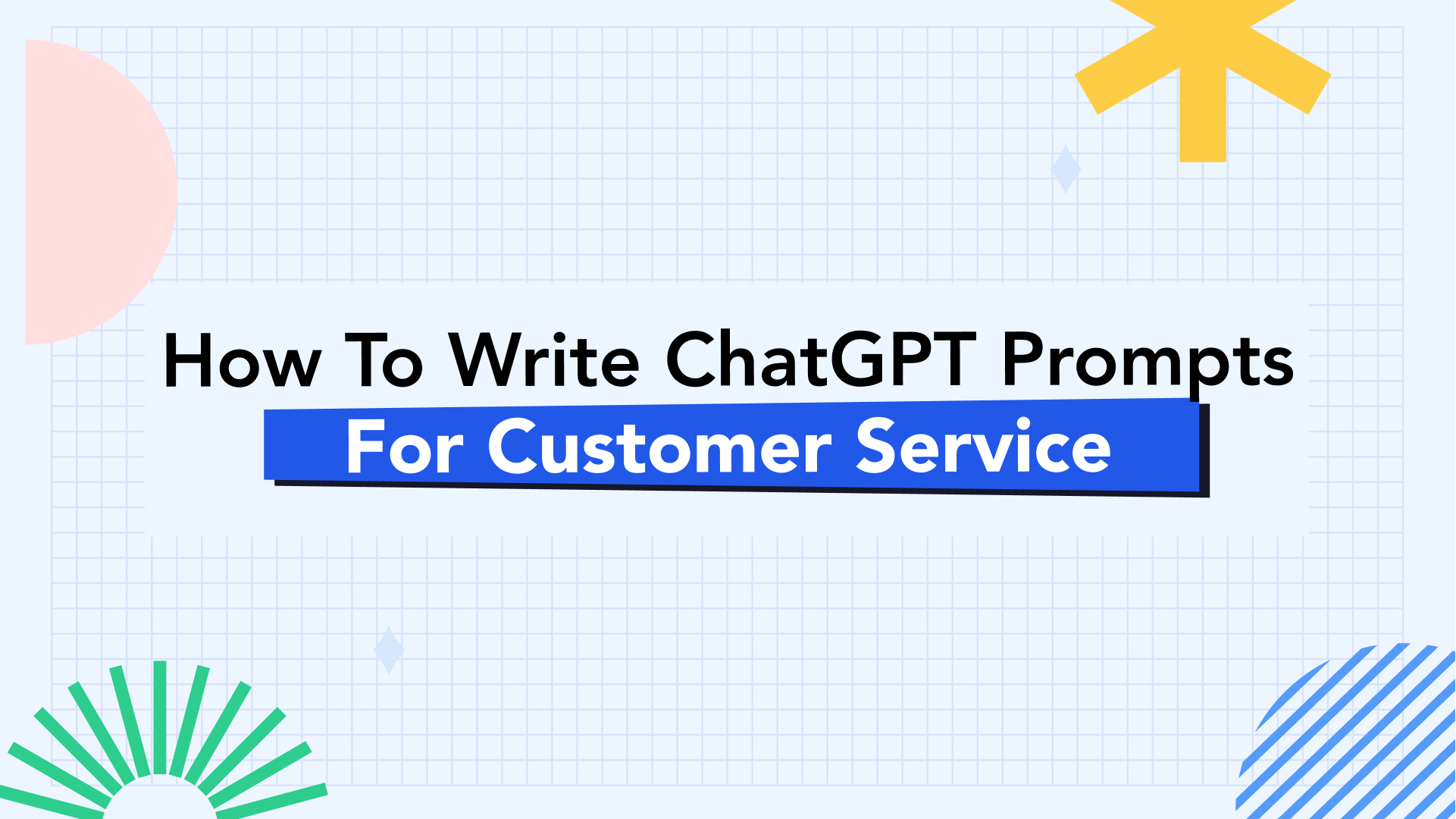
This image is property of helpwise.io.

